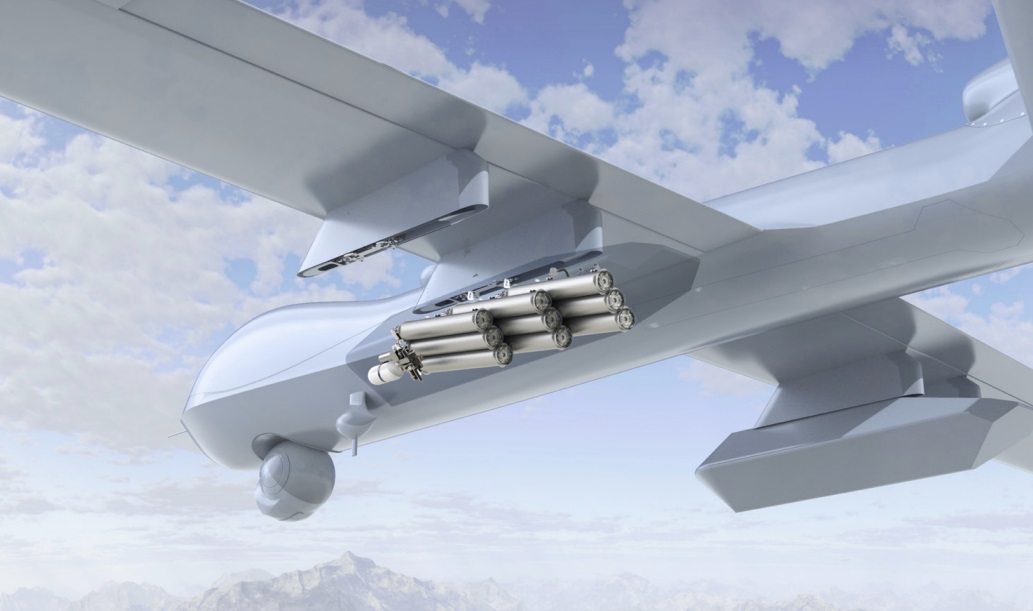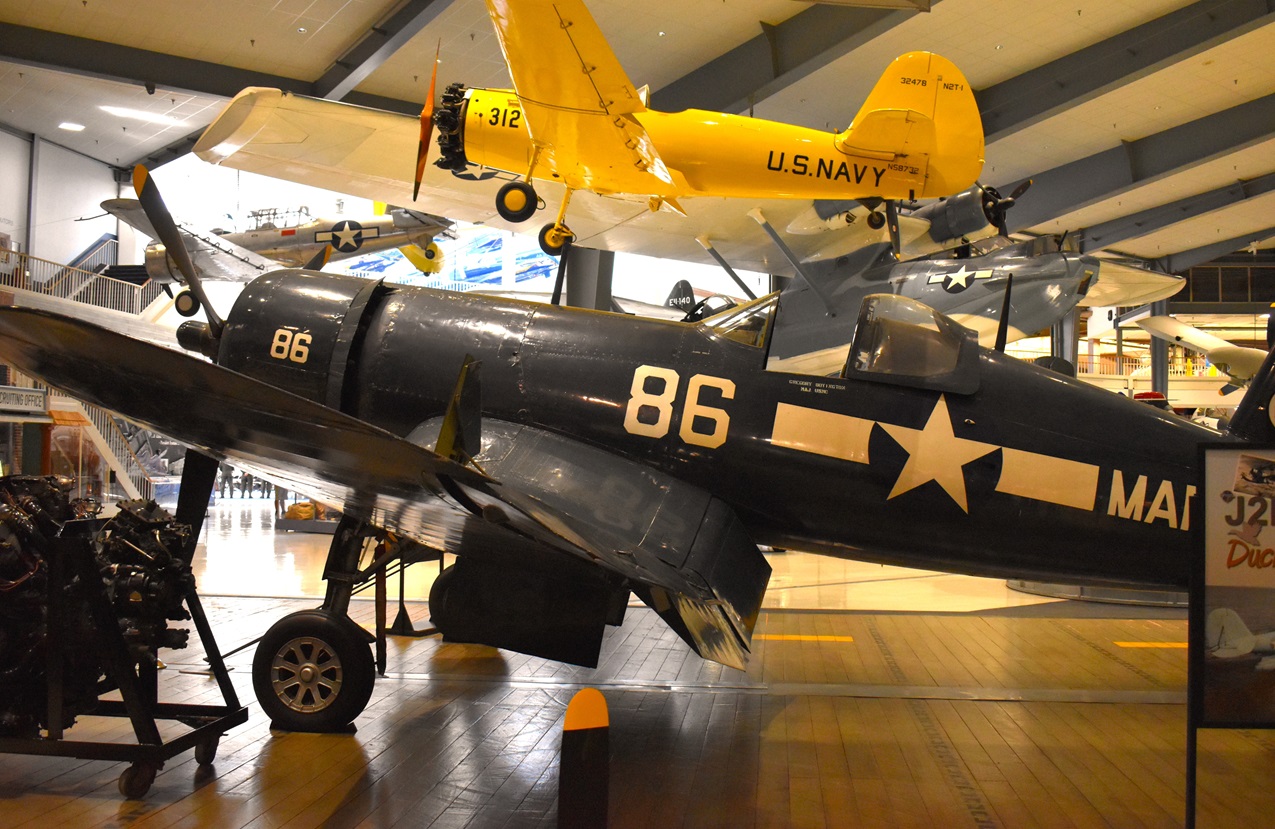A few interesting things in yesterday’s DOD contract announcements.
Emphasis mine:
Sparton De Leon Springs LLC, De Leon Springs, Florida, is awarded a $106,391,400 firm-fixed-price, indefinite-delivery/indefinite-quantity contract for the production and delivery of a maximum of 20,000 AN/SSQ-125 Modified High Duty Cycle Sonobuoys for the Navy in support of annual training, peacetime operations and testing expenditures, as well as, to maintain sufficient inventory to support the execution of major combat operations based on naval munitions requirements process. Work will be performed in De Leon Springs, Florida (54%); and Columbia City, Indiana (46%), and is expected to be completed in March 2026. No funds will be obligated at the time of award; funds will be obligated on individual orders as they are issued. This contract was not competitively procured pursuant 10 U.S. Code 2304 (c)(1). Naval Air Systems Command, Patuxent River, Maryland, is the contracting activity (N0001924D0113).

The 36-pound SSQ-125 uses the standard LAU-126/A launcher, such as used on the P-8 Poseidon
Keep in mind that the use of sonobuoys by drones will be a real thing very soon, which could be a huge game changer in terms of ASW.
This week from General Atomics:
MQ-9B SeaGuardian Unmanned Aircraft System (UAS) on the U.S. Navy’s W-291 test range in southern California.
GA-ASI’s SeaGuardian flew the full test flight event configured with the SDS pod and SeaVue multi-role radar from Raytheon, an RTX business. During the test, the SDS pod dropped eight AN/SSQ-53 and two AN/SSQ-62 sonobuoys. Upon dispensing, the sonobuoys were successfully monitored by the SeaGuardian’s onboard Sonobuoy Monitoring and Control System (SMCS).


Meanwhile, L3 Harris has been working on a modular launch tube sonobuoy for larger drones such as the Reaper
Harriers…

A U.S. Marine Corps AV-8B Harrier II assigned to Marine Attack Squadron 223, 2nd Marine Aircraft Wing, taxis on the runway at Bodø Air Station, Norway, March 3, 2022. (U.S. Marine Corps photo by Cpl. Adam Henke)
And in Harrier news, welcome to the last few USMC AV-8B units as well as the Italian and Spanish navies:
The Boeing Co., St. Louis, Missouri, is awarded a $13,674,435 cost-plus-fixed-fee, indefinite-
delivery/indefinite-quantity contract to provide continued post-production support (PPS) for the T/AV-8B Harrier to include readiness improvements, upgrades, correction of deficiencies and issues related to structural fatigue. Outyear PPS is based on developed plans identifying optimum support options for sustaining engineering and integrated logistic support until the fleet is transitioned from T/AV-8B Harrier to the F-35B Joint Strike Fighter for the Marine Corps, and the governments of Italy and Spain requirements. Work will be performed in St. Louis, Missouri (80%); and Cherry Point, North Carolina (20%), and is expected to be completed in December 2028. No funds will be obligated at the time of award; funds will be obligated on individual orders as they are issued. This contract was not competitively procured pursuant with Federal Acquisition Regulation 6.302-1. Naval Air Systems Command, Patuxent River, Maryland, is the contracting activity (N0001924D0008).
Technology Security Associates, California, Maryland, is awarded a $13,661,338 cost-plus-fixed-fee contract to provide program management, financial, engineering, logistics, administrative, security, and technical support services for the AV-8B Harrier Weapons System for the governments of Spain and Italy in support of the T/AV-8B Harrier Joint Program Office. Work will be performed in Patuxent River, Maryland (30%); Philadelphia, Pennsylvania (30%); Cherry Point, North Carolina (30%); and California, Maryland (10%), and is expected to be completed in April 2029. International Agreement (non-Foreign Military Sales) funds in the amount of $13,661,338 will be obligated at the time of award, none of which will expire at the end of the current fiscal year. This contract was not competitively procured pursuant to Federal Acquisition Regulation 6.302-4(a)(2). Naval Air Systems Command, Patuxent River, Maryland, is the contracting activity (N0001924C0039).





























